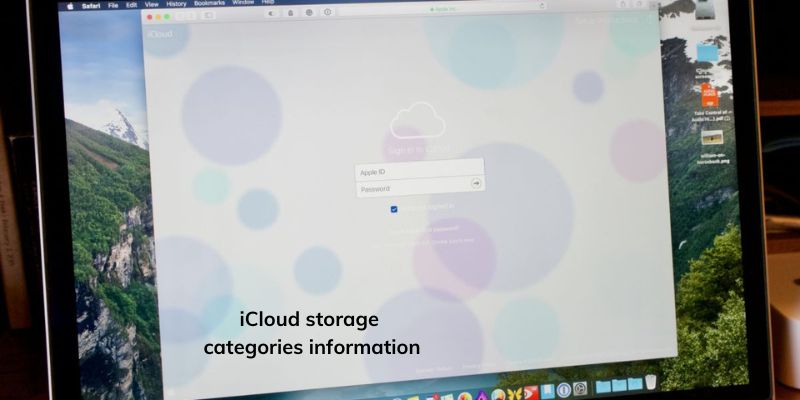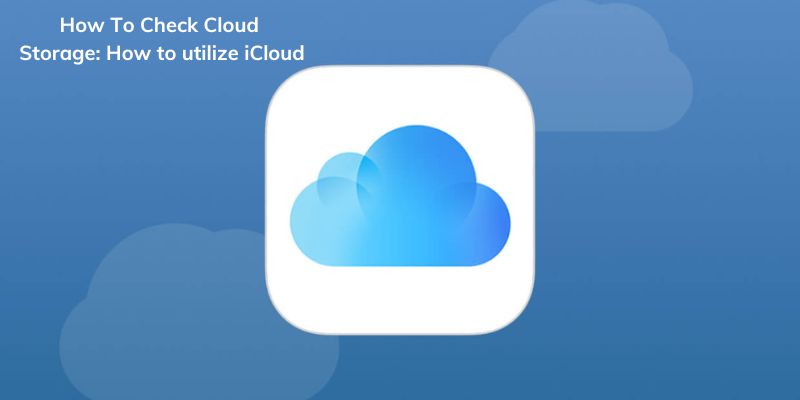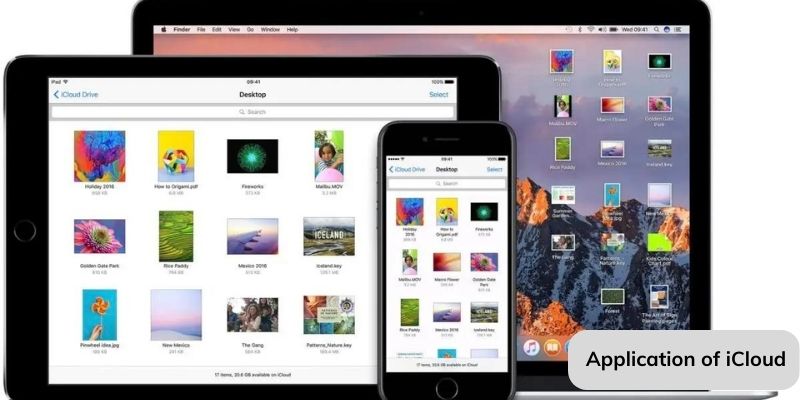On your iPhone, iPad, iPod touch, Mac, or Windows computer, you can view a graph of the amount of iCloud storage you’re using as well as the apps and features that are consuming the most space. You automatically receive 5 GB of storage for free. By upgrading to iCloud+, you can receive extra storage. Here are some ways to how to check cloud storage and read more on uley.info
Contents
- 1 How To Check Cloud Storage: iCloud storage categories information
- 2 How To Check Cloud Storage: On your iPhone, iPad, or iPod touch, check your available iCloud storage.
- 3 How To Check Cloud Storage: On your Mac, look at your iCloud storage.
- 4 How To Check Cloud Storage: Check your Windows computer’s iCloud storage.
- 5 How To Check Cloud Storage: How to utilize iCloud
- 6 How To Check Cloud Storage: Application of iCloud
- 7 How To Check Cloud Storage: Verify who or what is at fault.
- 8 How To Check Cloud Storage: Boost Storage
How To Check Cloud Storage: iCloud storage categories information

The storage indicator may display the following categories:
iCloud backups of your iPhone, iPad, or iPod touch serve as backups. See ICloud Backup: What Is It?
If you share an iCloud+ subscription with your Family Sharing group, the amount of storage consumed by family members. See With your family, use iCloud+.
- Mail: Email sent to and from your custom domain addresses and iCloud Mail address. See Keep your Mail settings current, send and receive iCloud Mail on all of your devices, personalize iCloud Mail with a unique email address, and share iCloud Mail with others.
- Messages: Any attachments you include in the iMessage messages you send and receive. See Use iCloud to keep your messages current.
- Pictures and movies: Pictures and movies kept in iCloud Photos. See With iCloud, you can sync and share photographs and videos.
- Documents (or Docs) refers to files and information kept in iCloud Drive as well as information from other apps not mentioned above, like as Notes, Reminders, Health, and third-party apps. programs and features that use iCloud has further information on programs that can store data there.
- Others: Since there isn’t enough area to list all categories, Others may appear on a device with a smaller screen. Your three largest storage categories often display their exact category names, with the remaining categories being bundled under Others.
How To Check Cloud Storage: On your iPhone, iPad, or iPod touch, check your available iCloud storage.
Enter Settings > [your name] > iCloud on your iPhone, iPad, or iPod touch.
Your overall storage use is depicted in a bar graph.
If you want additional information, tap Manage Account Storage or Manage Storage.
A list of applications and functions along with their respective iCloud storage usage can be found below the graph. On this list, the top entries are the ones that consume the most storage. To find out more information about an app or feature, press it.
How To Check Cloud Storage: On your Mac, look at your iCloud storage.
Your overall storage consumption is displayed in the storage bar. To view more information, click Manage.
The amount of iCloud storage each app and feature consumes is displayed along with a list of the apps and features. The applications and functions that consume the most storage are listed first. For additional information, pick a program or feature.
How To Check Cloud Storage: Check your Windows computer’s iCloud storage.
Launch iCloud for Windows on your Windows laptop. You can see your total storage consumption in the bar graph. For additional information, click Storage.
A list of features and apps is displayed on the left, along with the amount of iCloud storage each one consumes. At the top of the list are the programs and functions that consume the most storage. For more details about a program or feature, click it.
How To Check Cloud Storage: How to utilize iCloud

If it helps, iCloud is simply Apple’s take on Google Drive and Photos. It’s essential for relieving your devices of their workload and enabling cloud connectivity. Log in with your Apple ID under accounts in Settings and choose which services you would need to enable iCloud (since you might discover it is off).
But what happens if our iCloud storage capacity is exhausted? This is a very real issue that iPhone and Mac users face because there is only 5GB of free iCloud storage on each account. Here is what to do.
How To Check Cloud Storage: Application of iCloud

If it helps, think of iCloud as the Apple equivalent to Google Drive and Photos. It’s essential for relieving your devices of stress and enabling cloud connectivity. Log in using your Apple ID under accounts in Settings and choose which services you would need to enable iCloud (since you might find it is off).
How To Check Cloud Storage: Verify who or what is at fault.
You will be more successful in clearing up storage if you are aware of the root problem and responsible party. Messages, documents, iCloud backups, movies, and photos all contribute to this.
Go to Settings, Apple ID, select iCloud, and then select Manage Storage to check how much storage you have available on your iPhone. From here, you can view not only how much storage space is still available to you, but also what type of data is now occupying that space.
How To Check Cloud Storage: Boost Storage
If you’re using a Mac, you may access your iCloud settings and improve them. Just choose iCloud and click Optimize Storage in System Preferences (located to the left of the Apple logo). On the iPhone, the steps are the same: just go to Settings, click on your name, select iCloud, and then select Photos. There is a setting called Optimize iPhone Storage in this area.
On more recent iPhones, going to Settings, Camera, then Formats will also bring up a High-Efficiency setting. By doing this, you may save space without sacrificing the quality of each new image.
In the end, iCloud backs up some apps. Additionally, not all of these applications must use iCloud; rather, it depends on the user. So, unchecking the apps that you don’t want to use iCloud (under iCloud > Manage Storage) is one of the simplest and quickest ways to free up space.


